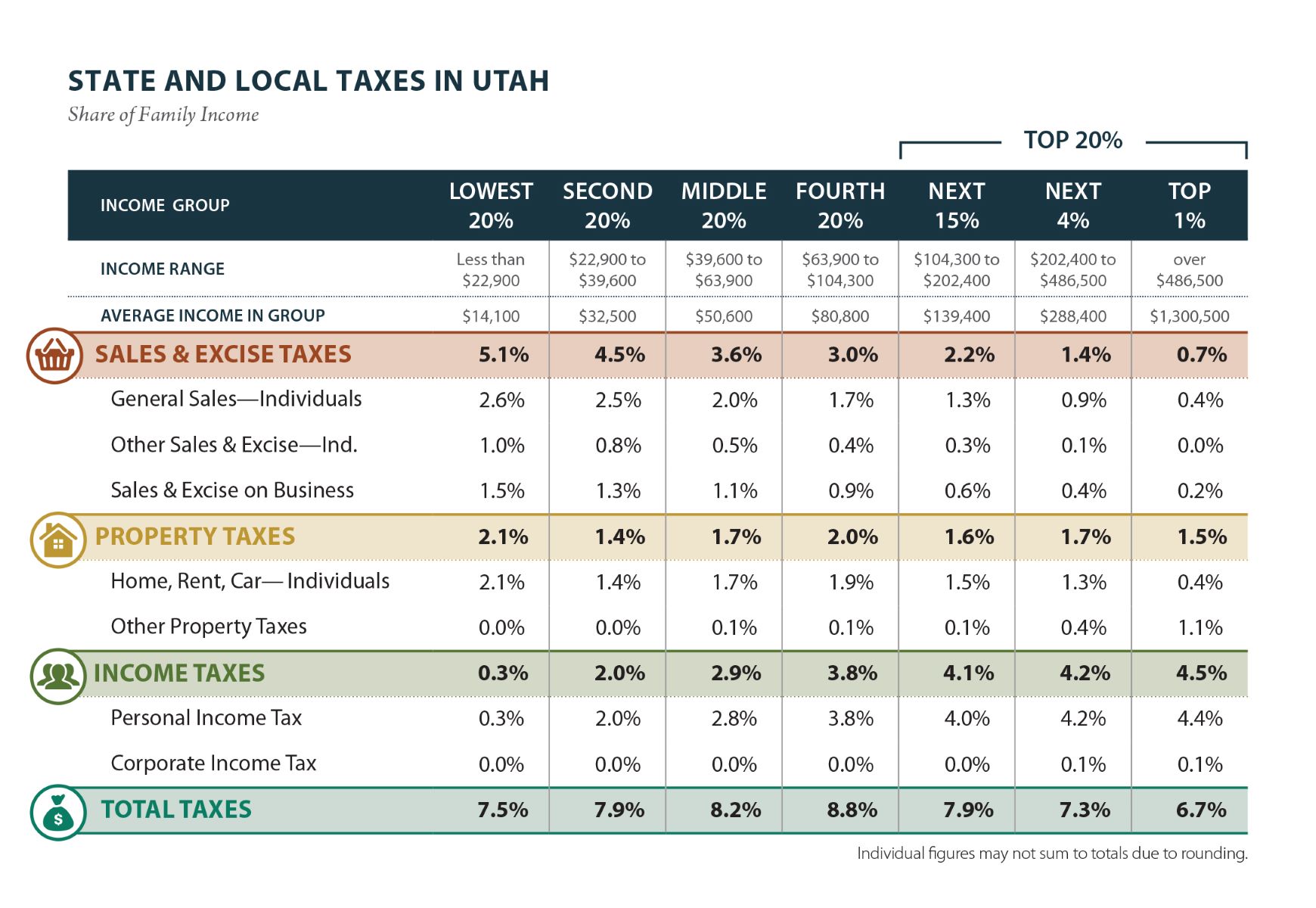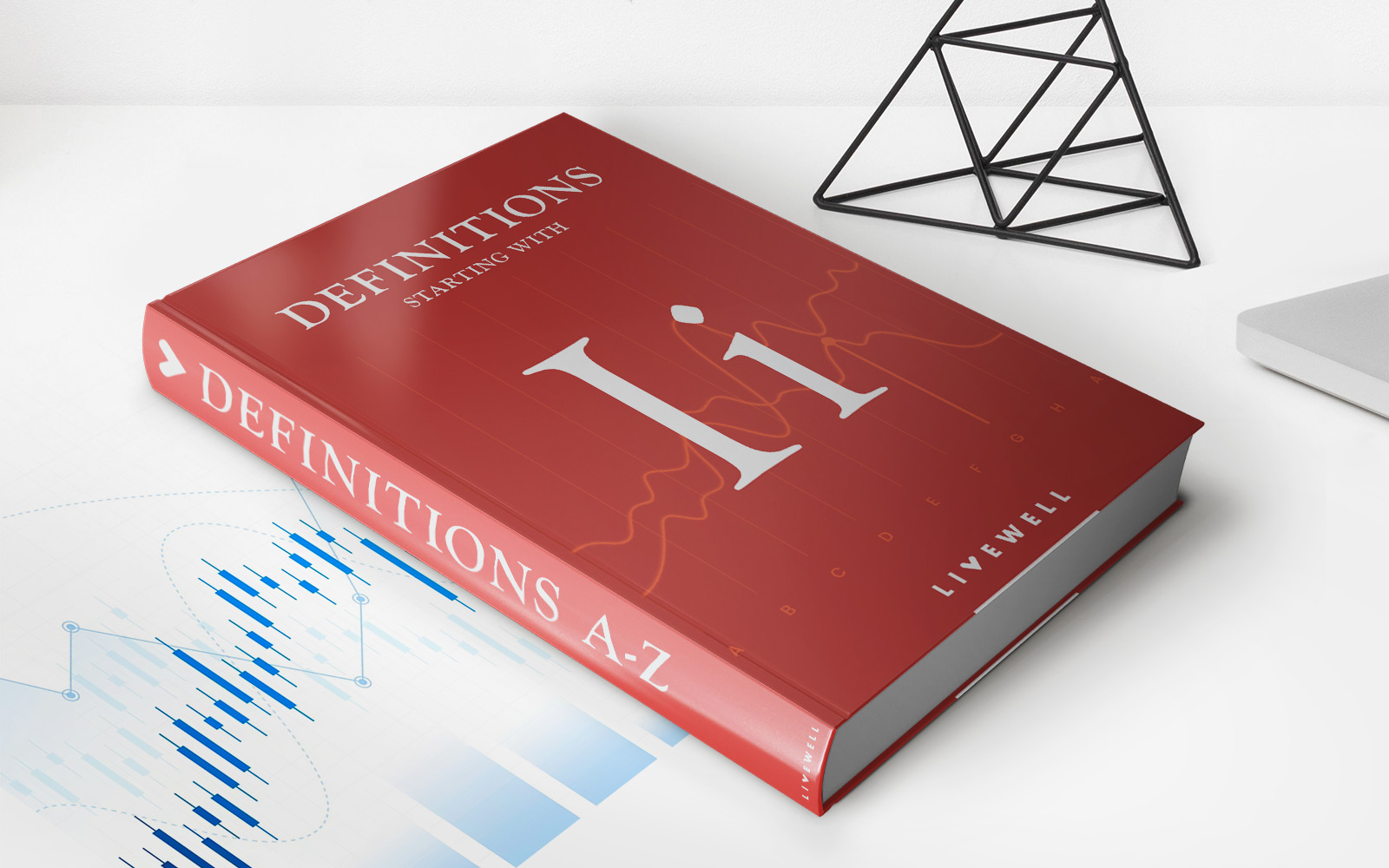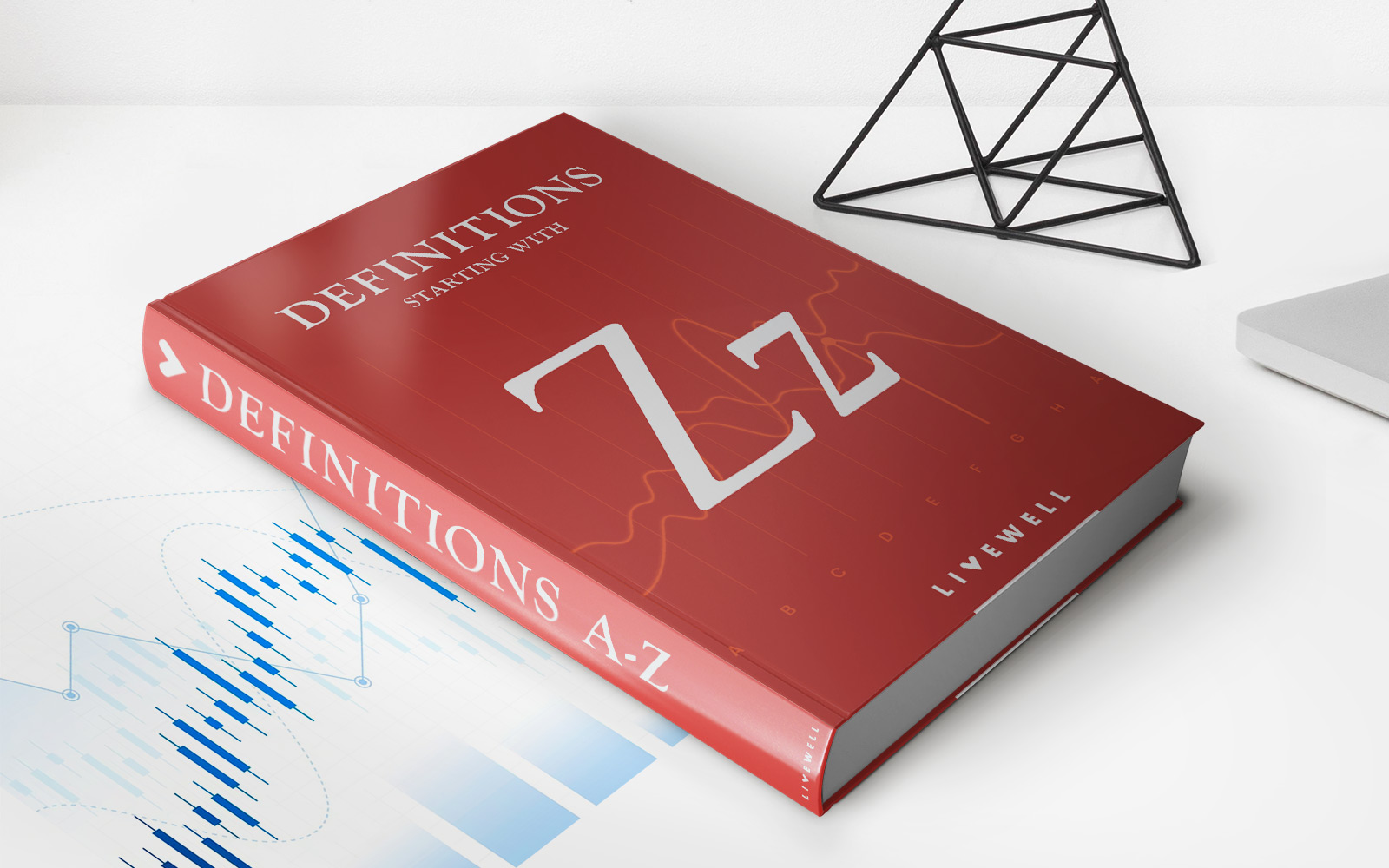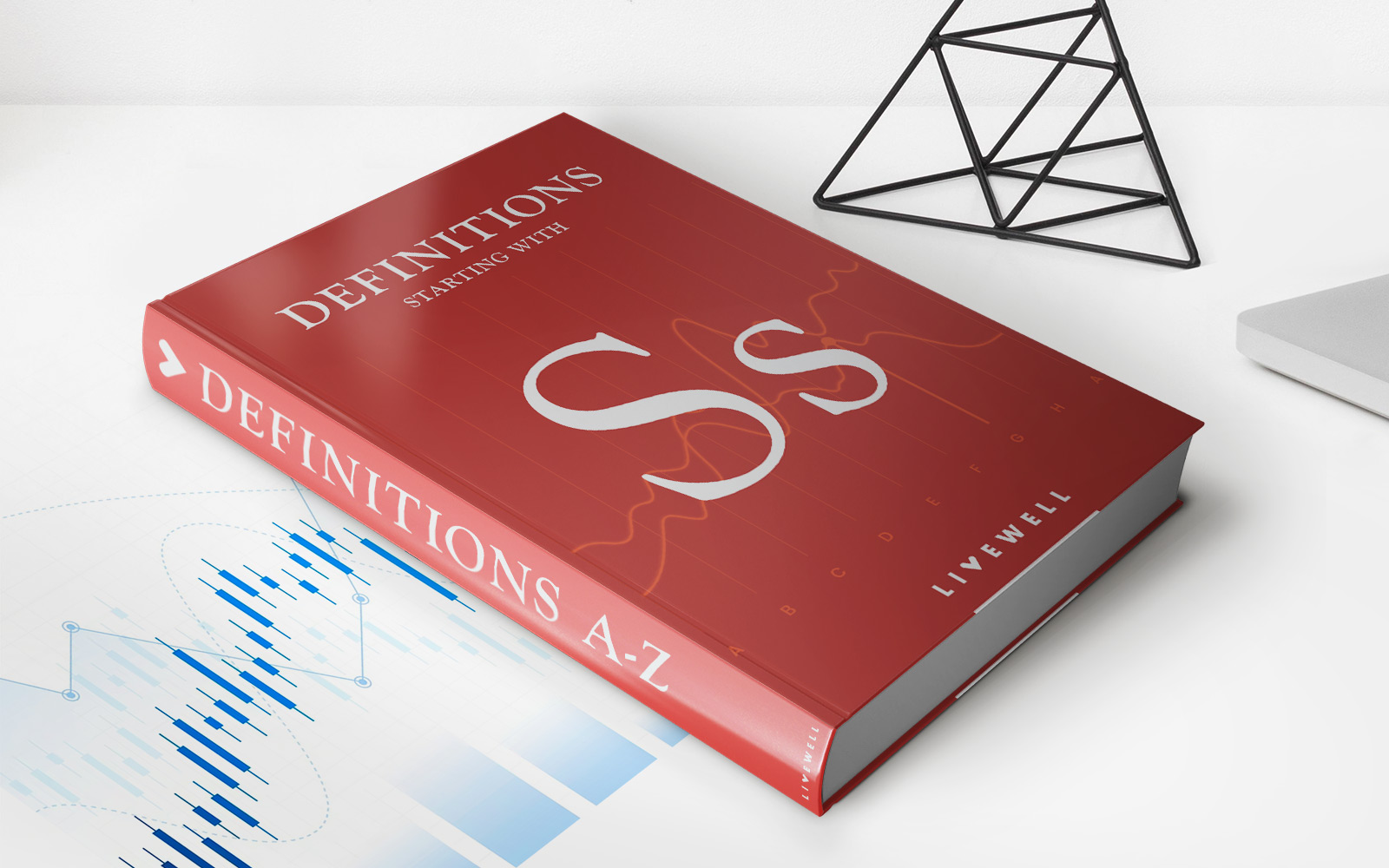

Finance
What Is Stated Income Mortgage Loans?
Published: February 18, 2024
Learn about stated income mortgage loans and how they can help you secure financing without traditional income verification. Explore the benefits and qualifications. Contact us to find out more!
(Many of the links in this article redirect to a specific reviewed product. Your purchase of these products through affiliate links helps to generate commission for LiveWell, at no extra cost. Learn more)
Table of Contents
What Are Stated Income Mortgage Loans?
Introduction
Stated income mortgage loans, also known as "liar loans" or "no-doc loans," gained notoriety during the housing boom of the early 2000s. These loans allowed borrowers to state their income without providing traditional income verification documentation, such as pay stubs, W-2 forms, or tax returns. While these loans were widely abused and contributed to the housing market crash, they have evolved and are now available to certain borrowers under stricter guidelines.
Stated income mortgage loans are designed for self-employed individuals and small business owners who may have difficulty documenting their income through traditional means. These borrowers often have fluctuating income or numerous tax deductions that can make it challenging to qualify for a conventional mortgage. By allowing borrowers to state their income, these loans aim to provide an alternative path to homeownership for creditworthy individuals who may not meet the strict income documentation requirements of traditional mortgages.
In recent years, stated income mortgage loans have made a comeback in the lending market, albeit with more stringent underwriting standards. Lenders now require substantial documentation to support the borrower's stated income, such as bank statements, business financials, and other relevant records. Despite their controversial history, these loans can serve as a valuable financial tool for eligible borrowers who can demonstrate their ability to repay the loan without relying solely on traditional income documentation.
Stated income mortgage loans are not without controversy, as critics argue that they can potentially lead to higher default rates and pose greater risks to lenders. However, when used responsibly and with proper oversight, these loans can offer a viable path to homeownership for individuals with non-traditional income sources. Understanding the intricacies of stated income mortgage loans, including their benefits and potential drawbacks, is essential for anyone considering this option to finance a home purchase. In the following sections, we will delve deeper into how these loans work, their pros and cons, eligibility requirements, and more to provide a comprehensive understanding of stated income mortgage loans.
What Are Stated Income Mortgage Loans?
Stated income mortgage loans are a type of home loan where the borrower is not required to provide traditional income documentation, such as pay stubs, W-2 forms, or tax returns, to verify their income. Instead, borrowers are allowed to “state” their income on the loan application, hence the name “stated income” loans. These loans are particularly well-suited for self-employed individuals, freelancers, independent contractors, and small business owners who may have difficulty documenting their income using conventional methods.
During the housing boom of the early 2000s, stated income mortgage loans gained popularity and were often misused by borrowers who exaggerated their income, leading to the moniker “liar loans.” This contributed to a surge in mortgage defaults and played a role in the subsequent housing market crash. As a result, the lending industry underwent significant regulatory changes, and the availability of stated income loans decreased substantially.
However, stated income mortgage loans have resurfaced in a more regulated form. Today, these loans are subject to stricter underwriting standards and are primarily offered by specialized lenders. Borrowers seeking stated income loans must typically have a strong credit history and a substantial down payment to mitigate the lender’s risk. Additionally, lenders may require the borrower to provide extensive documentation to support the stated income, such as bank statements, business financials, and other relevant records.
It’s important to note that stated income loans are not the same as “no-doc” loans, where borrowers were not required to provide any documentation to support their income claims. Stated income loans still involve some level of documentation, albeit less stringent than traditional mortgages.
While stated income mortgage loans can offer flexibility for borrowers with non-traditional income sources, they are not widely available and may carry higher interest rates and fees compared to conventional mortgages. Borrowers considering a stated income loan should carefully weigh the potential benefits and risks, ensuring they fully understand the terms and implications before proceeding.
As the lending landscape continues to evolve, understanding the nuances of stated income mortgage loans is crucial for individuals exploring alternative paths to homeownership. In the following sections, we will delve deeper into how these loans work, their pros and cons, eligibility requirements, and more to provide a comprehensive understanding of stated income mortgage loans.
How Do Stated Income Mortgage Loans Work?
Stated income mortgage loans function differently from traditional mortgages in terms of income documentation. When applying for a stated income loan, borrowers are not required to provide the typical paperwork to verify their income, such as pay stubs, tax returns, or W-2 forms. Instead, they are allowed to “state” their income on the loan application, hence the name “stated income” loans.
While the borrower’s stated income is a key factor in the loan approval process, lenders still assess the applicant’s overall financial profile, including credit score, assets, and employment history. Additionally, borrowers may be required to provide other forms of documentation to support their income claims, such as bank statements, business financials, and profit-and-loss statements for self-employed individuals.
It’s important to note that stated income loans are not a free pass to inflate income figures. Lenders are keenly aware of the potential risks associated with stated income loans and take measures to validate the borrower’s financial information. Borrowers who misrepresent their income or provide false documentation can face severe consequences, including loan denial, legal repercussions, and damage to their credit reputation.
Due to the reduced emphasis on traditional income documentation, stated income mortgage loans may carry higher interest rates and fees compared to conventional mortgages. This is because lenders perceive stated income loans as higher risk due to the potential for inaccurate income reporting. As a result, borrowers should carefully evaluate the long-term financial implications of opting for a stated income loan, considering the overall cost of borrowing and the impact on their monthly payments.
When considering a stated income mortgage loan, borrowers should be prepared to provide a clear and honest portrayal of their financial situation. Transparency and accuracy are crucial in the application process, and borrowers should be ready to provide any additional documentation requested by the lender to support their stated income.
Stated income mortgage loans can offer a viable path to homeownership for individuals with non-traditional income sources, but they require careful consideration and responsible financial management. In the following sections, we will explore the pros and cons of stated income loans, eligibility requirements, and key considerations for potential borrowers.
Pros and Cons of Stated Income Mortgage Loans
Stated income mortgage loans offer unique advantages and disadvantages compared to traditional mortgages, and understanding these factors is essential for potential borrowers weighing their options.
Pros:
- Flexibility for Self-Employed Individuals: Stated income loans provide a pathway to homeownership for self-employed individuals, freelancers, and small business owners who may have difficulty documenting their income using traditional methods. This flexibility can be invaluable for creditworthy borrowers with fluctuating income or numerous tax deductions.
- Streamlined Application Process: By not requiring traditional income documentation, stated income loans can offer a more streamlined application process, saving time and reducing paperwork for eligible borrowers.
- Ability to Leverage Assets: Borrowers with substantial assets but limited verifiable income may find stated income loans beneficial, as lenders may consider assets as a compensating factor in the absence of traditional income documentation.
Cons:
- Higher Interest Rates and Fees: Stated income loans often carry higher interest rates and fees compared to traditional mortgages, reflecting the perceived higher risk for lenders due to the reduced emphasis on income verification.
- Stricter Eligibility Requirements: Borrowers seeking stated income loans are typically required to have a strong credit history, a substantial down payment, and may need to provide extensive documentation to support their stated income, adding to the overall qualification criteria.
- Financial Risks and Responsibility: Borrowers must accurately represent their financial situation and income on the loan application, as misrepresentation can lead to severe consequences, including loan denial and damage to their credit reputation.
It’s crucial for potential borrowers to carefully weigh the pros and cons of stated income mortgage loans based on their individual financial circumstances and homeownership goals. While these loans can offer a valuable alternative for certain individuals, they require responsible financial management and a clear understanding of the associated terms, costs, and obligations.
In the following section, we will explore the eligibility requirements for stated income mortgage loans, providing insights into the criteria that borrowers must meet to qualify for this type of financing.
Eligibility for Stated Income Mortgage Loans
While stated income mortgage loans can offer flexibility for borrowers with non-traditional income sources, they are subject to specific eligibility requirements and considerations. Understanding these criteria is essential for individuals exploring the potential of securing a stated income loan.
Credit History:
Applicants for stated income loans are generally required to have a strong credit history to demonstrate their creditworthiness. Lenders may scrutinize credit scores and payment histories to assess the borrower’s likelihood of repaying the loan responsibly. A solid credit profile can enhance the borrower’s eligibility for a stated income mortgage loan.
Down Payment:
Stated income loans often necessitate a substantial down payment to mitigate the lender’s risk. Borrowers may be required to contribute a higher percentage of the home’s purchase price upfront compared to traditional mortgages. The exact down payment requirement can vary based on the lender’s policies and the borrower’s financial profile.
Income Documentation:
While stated income loans do not mandate traditional income documentation, borrowers are typically required to provide alternative forms of documentation to support their stated income. This may include bank statements, business financials, profit-and-loss statements, and other relevant records to substantiate the borrower’s income claims.
Employment Stability:
Lenders may evaluate the stability of the borrower’s employment or business to gauge the likelihood of consistent income in the future. While traditional employment history documentation may not be required, demonstrating a stable source of income is crucial for the loan approval process.
Asset Verification:
Borrowers with substantial assets may find that lenders consider these assets as a compensating factor in the absence of traditional income verification. Providing documentation of assets, such as investment accounts, real estate holdings, or other valuable holdings, can bolster the borrower’s financial profile.
Debt-to-Income Ratio:
Lenders often assess the borrower’s debt-to-income ratio, comparing the amount of debt to the amount of income. While stated income loans focus less on traditional income verification, a favorable debt-to-income ratio can strengthen the borrower’s application and increase the likelihood of loan approval.
It’s important for potential borrowers to engage with lenders specializing in stated income mortgage loans to understand the specific eligibility requirements and documentation needed for the application process. By carefully evaluating their financial situation and ensuring they meet the necessary criteria, individuals can position themselves for a successful application for a stated income loan.
In the concluding section, we will summarize the key insights into stated income mortgage loans and the considerations for borrowers contemplating this financing option.
Conclusion
Stated income mortgage loans, once associated with controversy and misuse, have evolved to serve as a potential financing option for self-employed individuals, freelancers, and small business owners seeking homeownership. While these loans offer flexibility by allowing borrowers to state their income without traditional documentation, they come with specific considerations and eligibility requirements.
For borrowers considering a stated income loan, it’s essential to weigh the advantages and disadvantages carefully. The streamlined application process and flexibility for non-traditional income sources are key benefits, but they are countered by higher interest rates and fees, stricter eligibility criteria, and the responsibility of accurately representing financial information.
Understanding the nuances of stated income loans and their impact on the overall cost of borrowing is crucial. Borrowers must approach this financing option with transparency, honesty, and a comprehensive understanding of the terms and obligations. Responsible financial management and diligent preparation are vital for navigating the application process and securing a stated income mortgage loan.
As the lending landscape continues to evolve, individuals exploring stated income loans should engage with specialized lenders to gain clarity on the eligibility requirements and documentation needed for the application. By leveraging their credit history, assets, and stable income sources, borrowers can position themselves favorably for loan approval.
Ultimately, stated income mortgage loans can provide a viable path to homeownership for creditworthy individuals with non-traditional income sources, but they require careful consideration and responsible financial management. By embracing transparency and diligently meeting the eligibility criteria, borrowers can leverage the potential benefits of stated income loans to achieve their homeownership goals.
As with any significant financial decision, seeking guidance from qualified professionals and thoroughly researching the available options can empower borrowers to make informed choices regarding their mortgage financing. With a clear understanding of the intricacies of stated income mortgage loans, individuals can navigate the application process with confidence and work towards realizing their homeownership aspirations.














